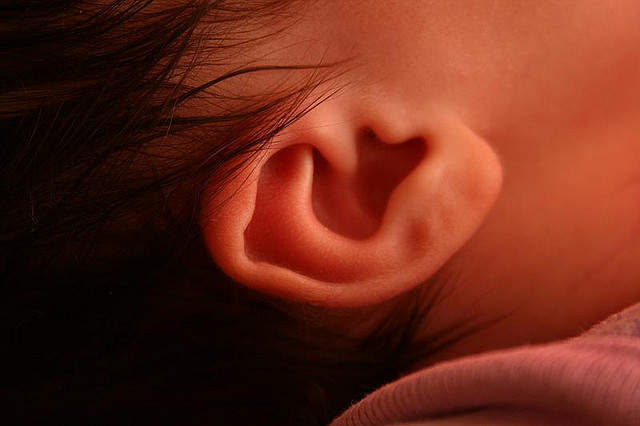
Aircraft cabins are of course pressurised to shield passengers from changes in air pressure at extremely high altitudes, but on occasion some people may still feel a bit of these changes, as the middle ear (scientifically known as the Eustachian tube) is particularly sensitive to this.
That sensation may result in a bit of discomfort, sometimes accompanied by a temporary loss of hearing. But rest assure, it’s nothing to worry about. And there are tricks to can use to avoid ear discomfort on a flight, such as:
- Chewing gum or sucking on a sweet, particularly during take-off and landing, which is when the greatest changes in pressure occur. Swallowing activated the muscles in charge of opening the Eustachian tube, which balances pressure.
- Yawning, which is another way of activating the muscles that open the Eustachian tube.
- Avoid sleeping during landing, as swallowing occurs less frequently during sleep.
Another type of discomfort that can occurring during a flight is what is known as an airplane headaches. This is a regular pain on one side of the head, close to the eyes. It is usually a brief yet intense pain (not normally lasting more than half an hour). The pain can be due to a variation in pressure in the nasal sinuses, caused by the changes in pressure occurring in the cabin, which are more abrupt during take-off and landing.
For this reason, passengers with a cold or sinus infection are more likely to suffer this kind of headache. If you have a cold, you can prevent the headache by using any type of nasal vasoconstrictor before take-off, as well as staying well hydrated. Passengers who frequently suffer from any kind of headache are also more likely to develop this affliction.
image | casequin

